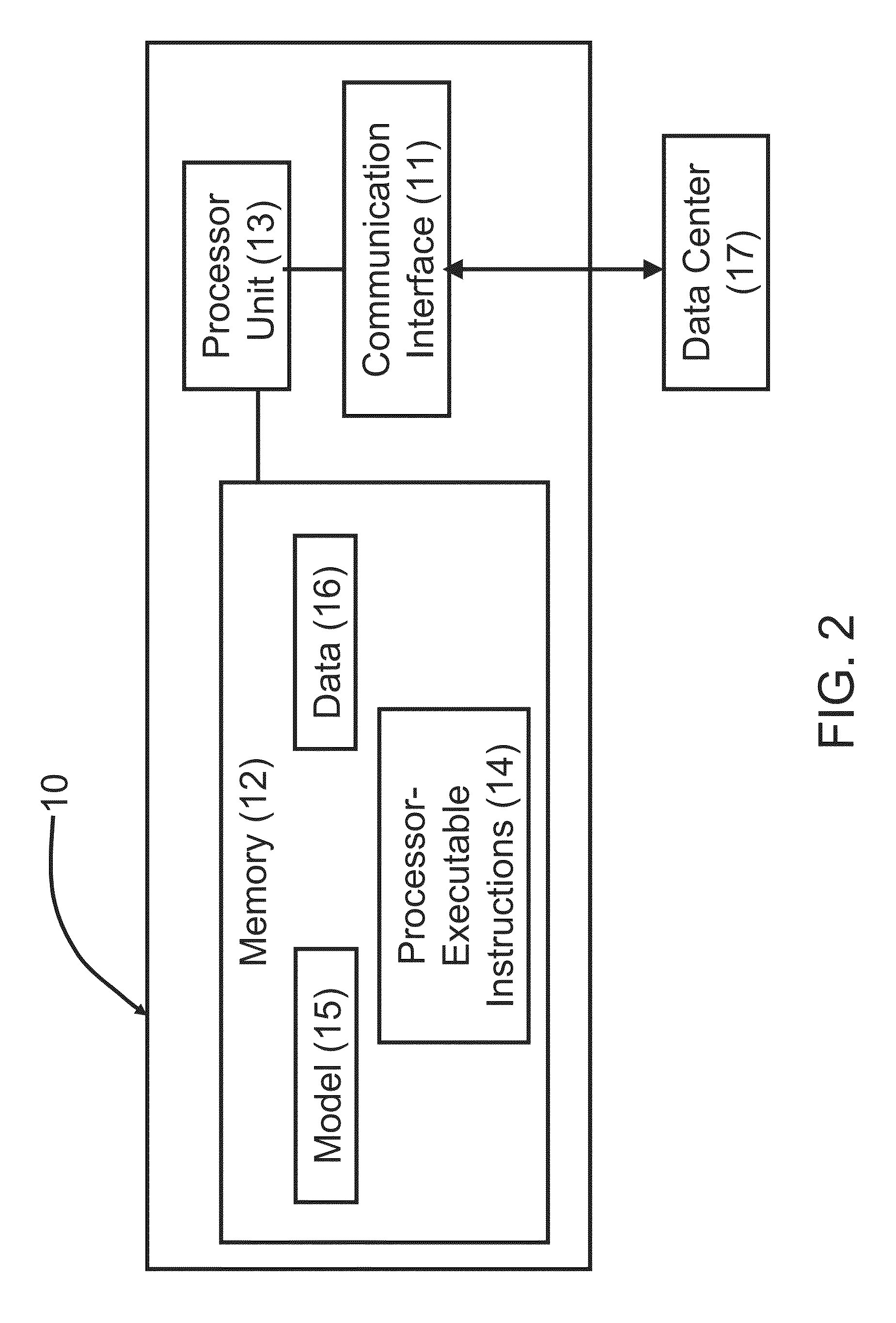This can cause a return to a business as usual situation in case unforeseen reliability or safety conditions arise.
In the past, batteries were not purchased and installed for the purpose of providing regulation services, because batteries tend to be too expensive for this purpose alone.
In this market, a seller makes their facilities available to generate electricity when needed and holds them in reserve for that purpose, but may never actually distribute energy into the grid rather than just be on-call.
This, in effect, pays the seller to be available and impacts the reliability of the grid.
Unfortunately, the life-cycle costs associated with such resources, when taken individually, are still high compared with more traditional forms of energy production.
In addition, the desired proliferation of distributed and renewable resources on the power grid introduces new threats to its reliable operation, as they are subject to unpredictable drops in output, such as when the wind stops blowing.
Consequently, both economic and reliability issues introduce substantial obstacles to a high penetration of those technologies in the power grid.
By themselves, storage resources such as electrical batteries are presently high cost options.
Likewise, photovoltaic generation and wind turbines are comparatively quite expensive and their intermittency creates new strains on the power grid.
A key concern with batteries has long been their high upfront cost and long payback periods.
For large retailers and supermarkets, backup generation is a necessary but often expensive proposition.
The nation's largest big box chains have taken a variety of approaches to minimizing the costs of providing substitute power in the case of an emergency or brownout; but for many stores, their only choice to date has been inefficient and costly diesel generators.
If the frequency is too high, there is too much power being generated in relation to load.
If load exceeds generation, the frequency and voltage tend to drop.
It requires quick response but makes low total energy demand.
In another example, if the current (ampere) flowing on the feeder increases during peak load conditions, the voltage along the feeder may decrease due to an increase in current flow, resulting in decreased voltage for customers that are further from the substation end of the feeder.
In an example, the voltage / VAR control may apply in a microgrid application at the microgrid bus level, which may introduce a reliability cost to the computation of the net-energy-related cost.
However, certain forms of storage, such as compressed air and ice storage, are currently not recognized as applicable resources for some regulation markets.
However, it has a high cost and little data exists to corroborate lifespan claims
Presently, Li-Ion batteries are among the most expensive of the storage options available.
This may change, as many companies are pouring resources into new Li-Ion variants; however, some suggest that the chemical characteristics of Li-Ion cells make it difficult to significantly reduce their cost.
Additionally, Li-Ion is a new technology so that no company has empirically demonstrated Li-Ion's lifespan.
Companies have tried to allay these concerns through “accelerated testing” that charge / discharge the battery more rapidly, but this does not provide full insight into how well Li-Ion batteries perform over time.
Li-Ion batteries are very dense and therefore very small compared to other technologies.
However, it is physically large with high maintenance and limited depth of discharge.
A downside of lead-acid batteries is that they are very heavy and very large.
This is why they are not being considered as much for EVs, and this poses other logistical challenges for metropolitan installations.
Also, lead-acid batteries are typically oversized because exceeding the lower bounds of their state of charge can damage the cells.
However, this “energy battery” limits regulation market opportunities and has low round-trip efficiency.
Flow batteries are energy batteries, i.e., they are best suited for backup electricity, but their chemistry limits their ability to provide high-MW regulation.
The electrochemical characteristics prohibit them from power-dense applications, unless they are oversized and paired with a large inverter, or “hybridized” with another battery technology.
However, it has very small recommended depth of charge / discharge and is expensive.
These batteries are not meant to fully charge or discharge and pushing their recommended operating parameters affects their lifespan.
Because of these constraints, these batteries would need to be oversized to provide backup.
These batteries are more expensive than cheaper options such as lead-acid.
However, when their state of charge limitations are taken into account, they appear to be a costly technology, even in comparison to lithium-ion.
During the higher temperature daytime hours, the power consumption of air conditioning and demand levels on the grid, increase.
The intermittent nature of energy generating assets, including solar generation, may present some difficulty for grid operators.
For example, weather events can make energy output of energy generating assets, including photovoltaic cells or wind turbines, difficult to predict.
Solar power and its generation can be costly.
 Login to View More
Login to View More  Login to View More
Login to View More 


